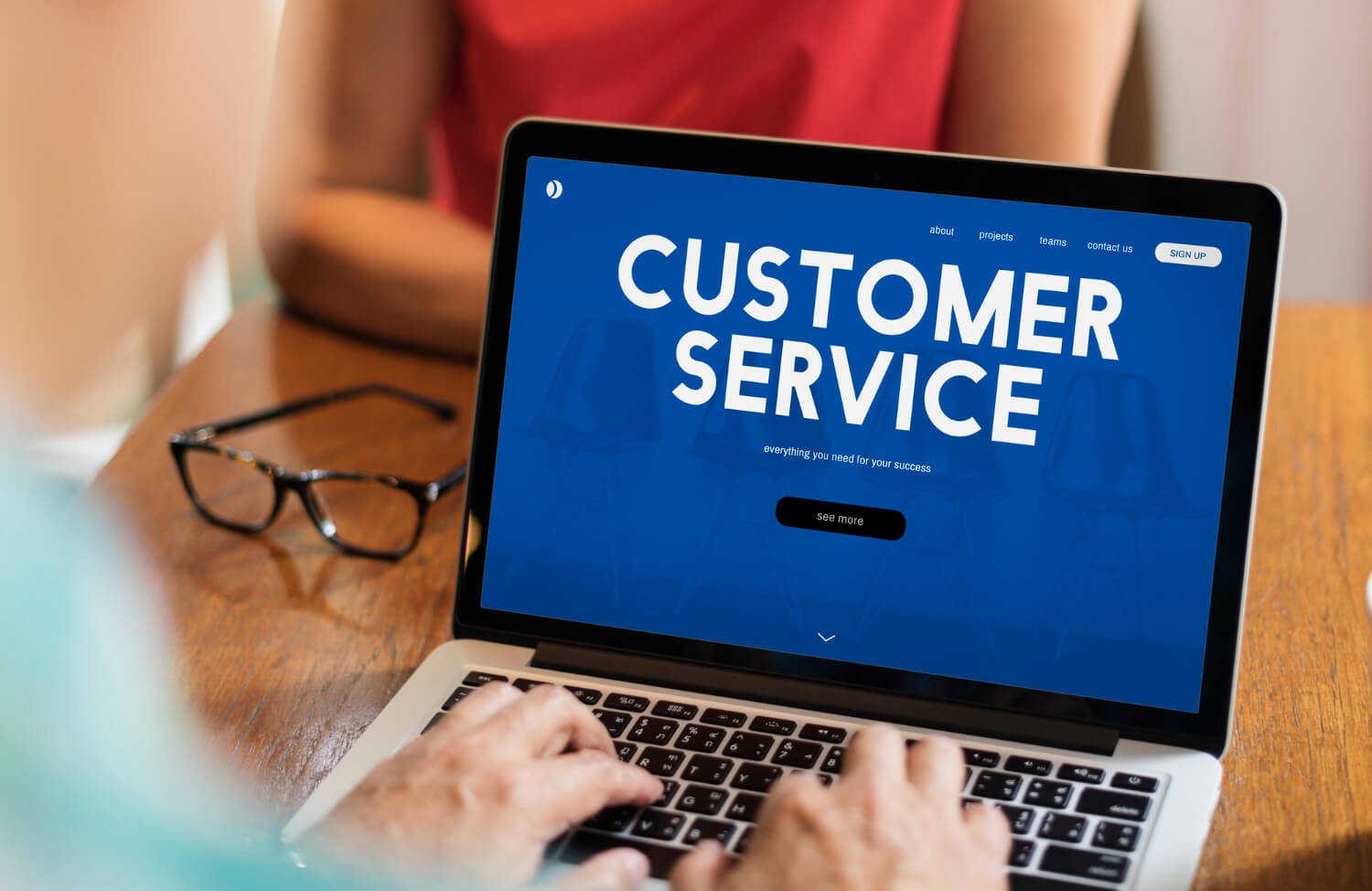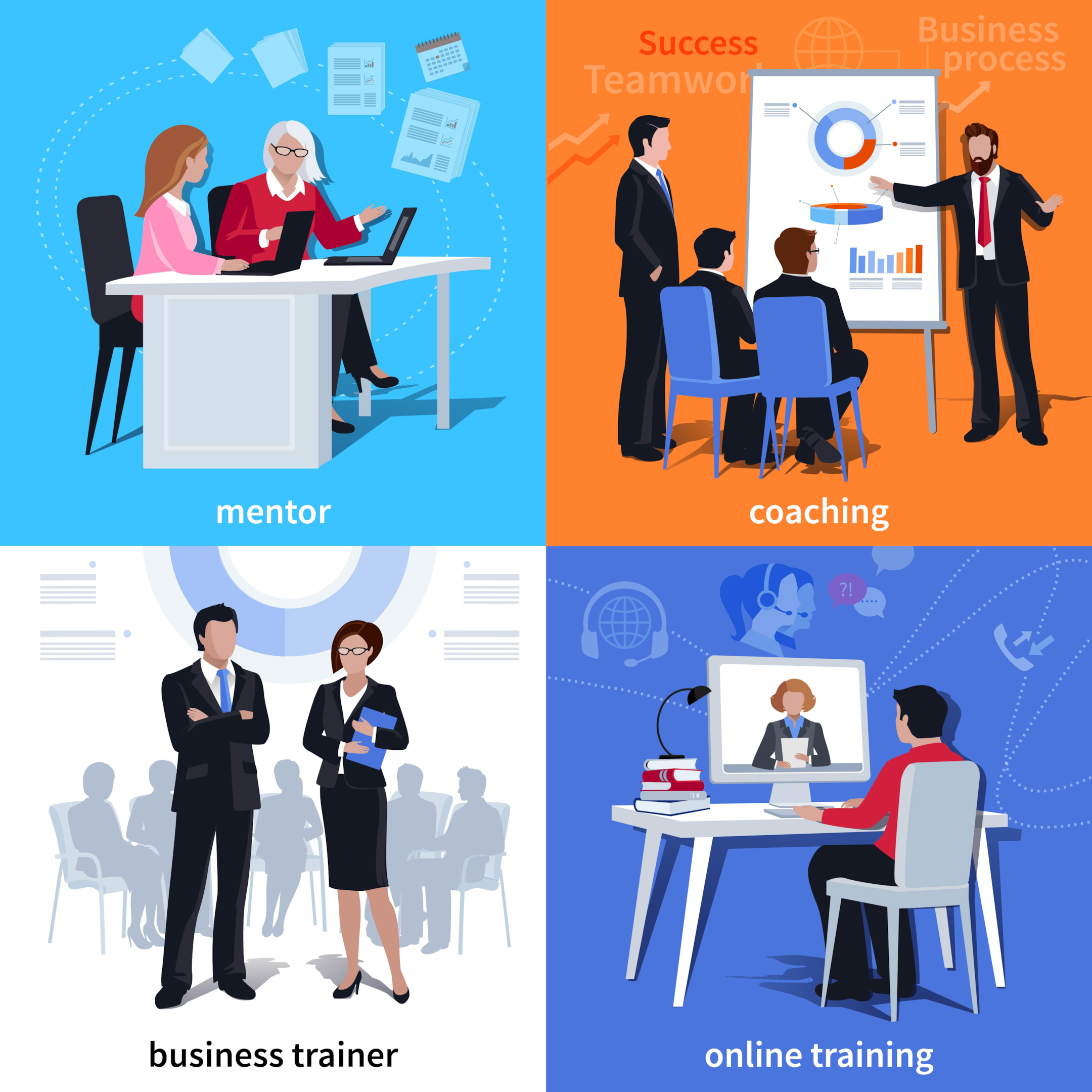Guest Post by Daniel Offer
Getting Back Links, Checking Back Links and Keeping Back Links
Whether you manage an established website in a particular niche or are in the progress of creating one, one thing is for sure – you can spend quite a long time building good quality back links.
Getting Back Links
To help ensure that I rank highly for my keywords and phrases, I’ve engaged in link exchanges, article placements, guest writing, link directories, forum participation and a whole variety of other methods in order to encourage a wide distribution of my URL. That’s in addition to the great free content, tutorials and information that I offer. Unfortunately, in order to rank well in Google, they make us go that extra mile in a bid to outdo our competition.
Check Your Back Links
Upon receipt of a promotional email, I recently became aware of a great new tool that makes it possible to check your back links – in order to ensure that you keep them over the long term. In truth, this isn’t something that I’d been previously doing. However, over a period of time, some of my most valuable links were turned into “nofollow” links, and had their linking text changed or the pages were taken offline. I’ve stumbled upon these facts, often by chance many months or years down the line. If I’d known sooner, I could have taken action to try and retain that valuable back link.
Automate the Process
Thanks to GoMarket’s Back Link Checker it’s now possible to automatically keep an eye on my back links. It’s priced at $24.97 per month, and I feel that the value out-weighs its cost. A decline in my keywords and phrases would cost me more than fifty cents a day. Moreover, it would cost me much, much more in the value of my own time to manually check my back links every month. Knowing that a movement in my search engine ranking isn’t due to a Google algorithm change – or conversely knowing that it is, down to an algorithm change – and not (or due to) back link changes has removed a layer of mystery to my search engine ranking. As such, I can recommend this Back Link Checker.
Five Reasons to Use Back Link Checker:
- Competitive Advantage – It’s becoming increasingly hard to rank for some keywords and phrases. Sites have become entrenched in position, as such knowing where you’re gaining or losing ground immediately. This is important.
- Remove the Mystery – Remove a layer of mystery to search engine rankings. You’ll be provided with reports when your back links are changed by sites.
- Affordable – It’s much cheaper than outsourcing the process of checking your hyperlinks or doing it manually. Moreover, it’s more reliable.
- Best In Market – No other back link tool makes it so easy to understand how your links have changed over time.
- Reports – Reports are easy to read and exportable into Excel for analysis.
Four Issues with Back Link Checker:
- Subscription – Access to GoMarket’s back link tool is based on a subscription model, as such, you’ll need to pay monthly. It would have perhaps been nicer with a one-off payment.
- No API – There isn’t any connective API so you can’t connect your own apps and processes. There is however, the ability to export reports.
- Still Requires Effort – Even if you know when one of your back links have been changed, you’ll still need to look up a webmaster’s contact details and negotiate getting the link replaced.
- Setup – You’ll need to use other tools to identify where your back links are, in order to make effective use of GoMarket’s back link tool.
Do you have experience with BackLink Checker? If so, please share!
——————
For more resources, see our Library topics Marketing and Social Networking.
——————
About Guest Author Daniel Offer:
Athena IT Limited is a UK based firm run by Daniel Offer. Athena IT Limited provides the popular unofficial Facebook Messenger for Windows “Chit Chat” and has recently begun to offer SEO tools such as the Back Link Checker utility.



